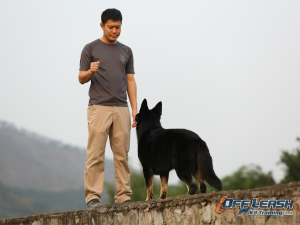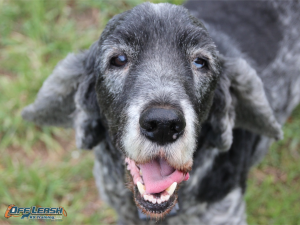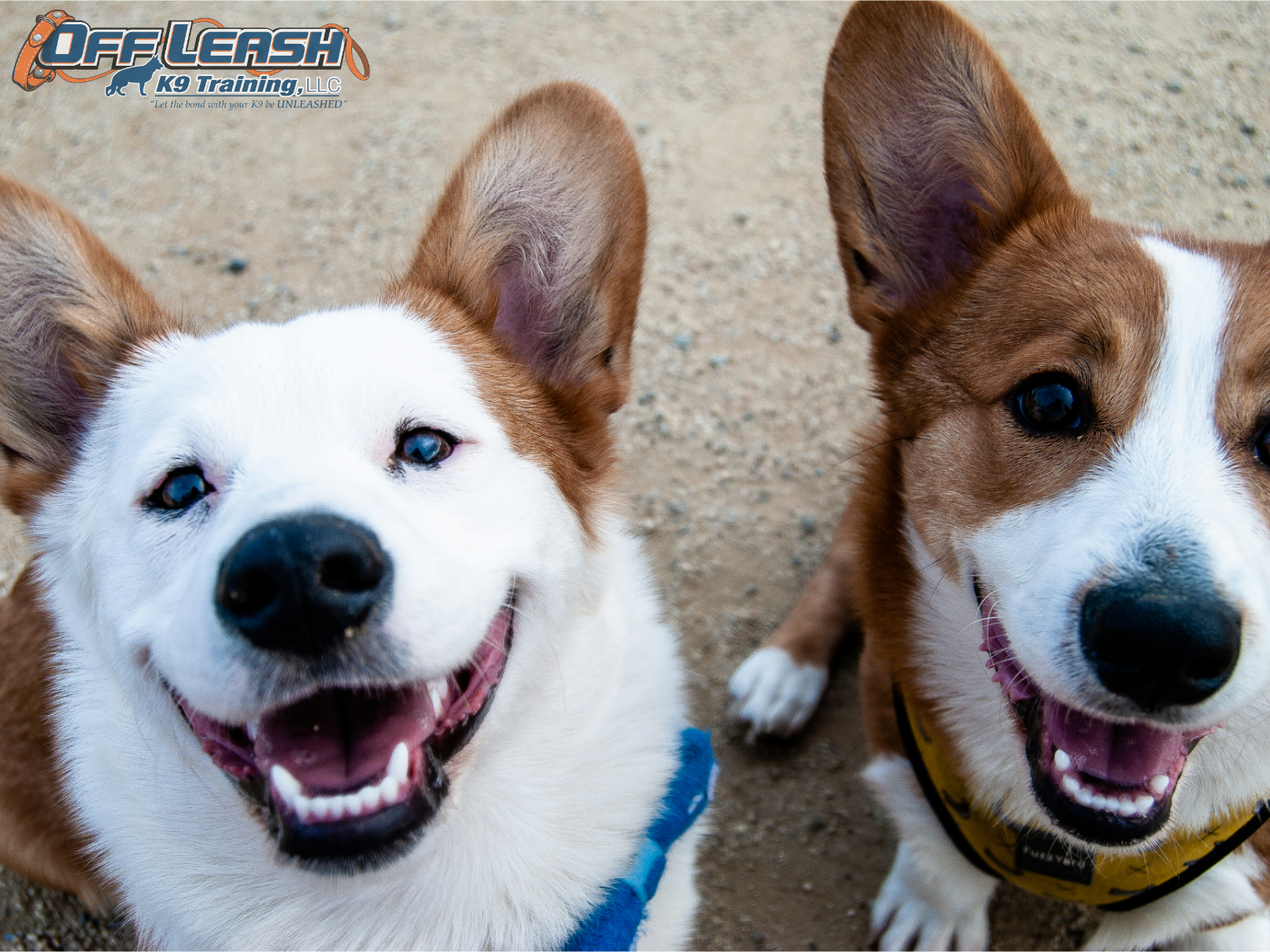Discover the importance of continuous dog training beyond completion, including the benefits at each life stage and how it contributes to a harmonious relationship and well-behaved pet.
Introduction to the Importance of Continuous Dog Training
Training your dog is far more than just a series of lessons; it’s an ongoing journey that plays a pivotal role in developing a harmonious relationship between you and your furry companion. Just as humans continue to learn and grow throughout their lives, dogs benefit immensely from continuous training. This lifelong process is crucial not only for maintaining good behavior but also for ensuring their mental and physical health. Dogs, much like their human counterparts, thrive on routine and consistency. Without ongoing training, dogs can easily fall back into old habits, undoing the progress they’ve made.
The Importance of Training at Every Life Stage
 Puppyhood (Up to 5 Months)
Puppyhood (Up to 5 Months)
Puppyhood is a critical period for laying the foundation of good behavior and obedience. Proper socialization and positive experiences during these formative months significantly reduce the likelihood of behavioral issues later in life. For example, introducing your puppy to various environments, people, and other animals in a controlled manner helps them become well-adjusted adult dogs. Early training, including basic commands and potty training, sets the stage for a lifetime of good habits.
Adolescence (5-18 Months)
Adolescence is a time of significant change for dogs, marked by hormonal shifts and a testing of boundaries. It’s a crucial period for reinforcing training and maintaining the boundaries set during puppyhood. Consistent training during this stage helps dogs navigate these changes and solidify the good habits formed earlier. For instance, continuing obedience training and socialization can help manage the challenges that come with adolescence, ensuring your dog remains well-behaved as they mature.
Adulthood (1.5-10 Years)
As dogs enter adulthood, it’s important to keep them mentally stimulated through advanced training exercises. Regular training sessions not only strengthen the bond between you and your dog but also promote trust and cooperation. By introducing varied rewards and utilizing balanced training techniques, training remains engaging and effective, ensuring your adult dog stays obedient and well-mannered. An example of this could be participating in dog sports or learning new tricks, which provide both physical exercise and mental stimulation.
Senior Years (10+ Years)
Training doesn’t stop as dogs age. In fact, maintaining training in a dog’s senior years can help stave off cognitive decline and keep them mentally sharp. Adjusting training to accommodate their physical limitations ensures they continue to enjoy a high quality of life. For example, teaching new, less physically demanding tricks can provide mental stimulation while being gentle on their aging bodies. Maintain your dog’s training to protect your investment and ensure long-term obedience and skill retention.
Maintaining Training Post-Completion
After the initial training phase, the journey of maintaining a dog’s training becomes pivotal. Consistent reinforcement of learned behaviors through daily practice not only solidifies the training outcomes but also ensures that the foundation built during the training phase remains strong and unyielded. This is crucial because, without regular reinforcement, dogs can gradually begin to forget commands and trained behaviors, potentially leading to a regression into old, undesired habits. For example, a dog trained to sit before crossing the road may begin to cross without command if not consistently reminded of this behavior.
Furthermore, ongoing training sessions play a key role in keeping dogs responsive, well-behaved, and adaptable to various situations. These sessions provide an excellent opportunity for owners to bond with their pets, understand their behaviors better, and work through new or challenging situations together. An example of maintaining training post-completion is incorporating commands into daily activities, such as asking your dog to ‘sit’ before mealtime or ‘stay’ when guests arrive. This not only reinforces their training but also helps inculcate a structured routine, making the dog more disciplined and manageable.
Role of Structured Walks

Preventing Regression in Trained Behaviors
Preventing regression in trained behaviors is a critical component of a dog’s ongoing development and happiness. It’s not uncommon for dogs to slip back into old habits if the training they received is not consistently reinforced. For this reason, maintaining a steady regimen of the practices and commands learned during training is essential. It’s similar to building a muscle; without regular exercise, it will weaken over time. The same principle applies to a dog’s training. By consistently using the training tools and techniques learned, such as reward-based reinforcement for positive behavior, owners can solidify these behaviors as second nature for their dogs. Additionally, establishing and upholding clear expectations and boundaries from the start reinforces the training’s effectiveness and prevents confusion for the dog, which can lead to regression.
Another vital aspect of preventing regression is the provision of ongoing support and guidance for the dog owner. Post-training, it’s crucial to have a plan that includes regular check-ins and adjustments based on the dog’s progress and any new challenges that may arise. This continued support helps ensure that the training sticks and that the owner feels empowered and confident in maintaining the training.
Adjusting Training for Senior Dogs

Approaching training with patience and understanding becomes even more important as dogs age. Senior dogs might take longer to learn new commands or remember old ones, requiring a more gentle and supportive approach from their owners. It’s essential to give them time to process and respond at their own pace, ensuring training remains a positive and stress-free experience. Recognizing and celebrating small victories can significantly boost their confidence and willingness to engage in training sessions.
The Continuous Journey of Dog Training
The path to a well-behaved and obedient dog doesn’t end with the conclusion of formal training sessions; it’s a continuous journey that requires dedication and commitment from the dog owner. Continuous training is crucial, not just for reinforcing learned behaviors but also for deepening the emotional connection between you and your pet. Research and experience have shown that dogs benefit immensely from ongoing training, exhibiting significant improvements in behavior and an enhanced quality of life.
Moreover, consistent training activities and exercises serve as excellent mental stimulation for dogs, keeping their minds sharp and engaged. This is especially important as dogs age, helping to stave off cognitive decline in their senior years. By committing to the ongoing training journey, owners can ensure their dogs remain responsive, well-behaved, and mentally stimulated across all stages of life.
Conclusion: Emphasizing the Lifelong Commitment to Your Dog’s Training
The journey of training your dog is an ongoing process that requires dedication, patience, and a commitment to continuous learning and growth. This journey is not just about teaching your dog new commands or correcting unwanted behaviors; it’s about deepening the bond between you and your pet, enhancing communication, and ensuring a happy, healthy life together. Off Leash K9 Training of El Paso, TX recognizes the importance of this lifelong commitment and offers an array of training programs tailored to the unique needs of dogs at every stage of their life. The benefits of continuous training extend far beyond simple obedience. Engaging your dog in regular training sessions not only keeps their skills sharp but also provides essential mental stimulation that can aid in preventing cognitive decline, especially in senior dogs. Whether you’re looking to teach your puppy the basics, refine your adult dog’s obedience, or give your senior dog the mental stimulation they crave, our expert trainers are equipped with the knowledge and techniques to support you and your dog every step of the way.


 Puppyhood (Up to 5 Months)
Puppyhood (Up to 5 Months)